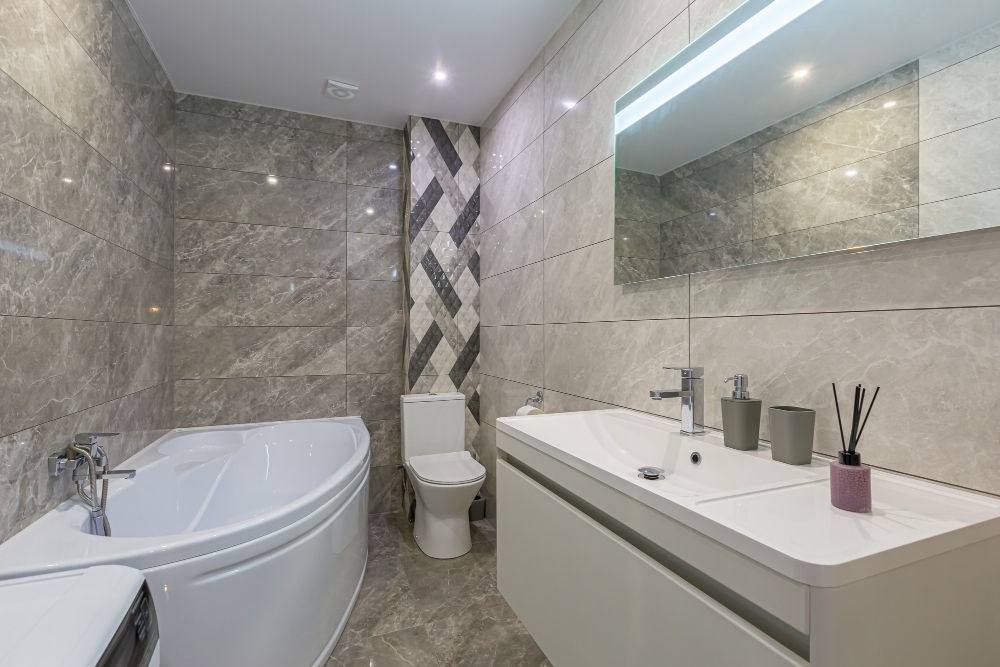How to Tell If You Need a Full Concrete Replacement or Just a Repair
Homeowners often face a tough decision when signs of concrete damage appear. Deciding between a complete replacement or a targeted repair depends on factors such as the extent of damage, the age of the installation, and your long-term plans. This guide explains the key differences so you can make an informed choice without overspending on unnecessary work.
Recognizing Common Issues
Before deciding on replacement or repair, it is important to identify common problems:
- Cracking and Spalling: Small cracks or minor flaking might only need repair work. However, deep cracks that run the full length of your driveway or patio raise concerns about structural integrity.
- Uneven Surfaces: If the surface shows uneven areas or depressions that create safety concerns, a repair might suffice—but only if the underlying structure remains sound.
- Staining and Surface Erosion: Surface-level stains caused by weather or chemical spills can often be repaired with resurfacing methods, unlike more severe damage.
In Charlotte, homeowners sometimes experience these issues due to local weather patterns and the clay-heavy soil. Recognizing the severity of these issues is your first step toward the right decision.
Key Factors for Deciding Repair Versus Replacement
When you assess the condition of your concrete surface, keep these factors in mind:
Age of the Concrete
- Newer Installations: If your driveway or patio is less than a decade old, you might benefit from repairs. Newer installations typically do not require full replacement unless there is an underlying problem.
- Older Installations: Projects that are several decades old may have hidden issues, from failing reinforcement to deterioration below the surface. In these cases, replacement might be more cost-effective in the long term.
Extent of Damage
- Localized Damage: Repair work works well when damage is confined to a small area. For example, a few small cracks can be sealed and resurfaced.
- Widespread Damage: When damage covers a large area or affects the structural quality of the surface, a full replacement could avoid recurring problems later.
Structural Integrity and Safety
- Structural Health: Evaluate whether the damage threatens the safety or utility of the space. A surface that has lost its load-bearing ability or features widespread crumbling could endanger vehicles and foot traffic.
- Repair Feasibility: Sometimes, repairs might only offer a temporary fix. Thorough evaluation helps you decide if you face recurring issues from a compromised foundation.
Aesthetic Considerations
- Visual Appeal: If your goal is to upgrade the look of your space along with addressing damage, replacement offers a chance to start fresh. New finishes, color options, and textures can elevate your curb appeal.
- Simple Maintenance: For homeowners satisfied with the current look but needing structural fixes, targeted repairs are often the right choice. A cost-effective approach can maintain your visual standards while adding safety improvements.
Assessing Damage on Your Concrete Surface
When you suspect damage, follow these steps to evaluate your situation:
- Conduct a Visual Inspection: Walk around your driveway, patio, or walkway. Note any large cracks, areas where the surface feels loose, or signs of water pooling. Photograph problem areas to monitor whether they worsen over time.
- Test the Surface: Sometimes, pressing on the surface with a tool reveals weakness. A spot that feels soft or unstable might need more than superficial fixes.
- Consult a Professional: A local expert familiar with Charlotte’s climate and soil can provide a detailed assessment. Professionals use specialized tools to measure depth and extent of the damage and can examine the underlying support structure.
- Review Past Maintenance: If your concrete has been maintained regularly, a repair might extend its lifespan. Conversely, a neglected surface that has suffered years of wear typically benefits from a full replacement.
The Role of Local Conditions in Your Decision
Charlotte’s weather and soil composition affect concrete installations. The region experiences humidity and rainfall that can contribute to long-term damage, while clay-heavy soil often expands and contracts, leading to cracking and shifting. These local conditions mean that:
- Even well-installed concrete may require periodic attention.
- Homeowners who invest in regular maintenance can avoid full replacements.
- Scheduling regular inspections with a trusted contractor helps catch issues early.
Why Choose Youngblood Waterproofing and Concrete Services
At Youngblood, we work closely with Charlotte residents to assess and address concrete problems. Our team:
- Provides clear, itemized quotes for both repairs and full replacements.
- Offers detailed consultations to explain your options and expected outcomes.
- Uses industry-leading practices and quality materials that stand up to local conditions.
- Remains available long after your project completes for follow-up maintenance.
We stand by our work and help customers make choices that align with their budgets and long-term goals.
Making the Right Investment
Your concrete installation represents more than just a driveway or patio. It contributes to the overall safety and curb appeal of your home while reflecting your commitment to quality. By carefully weighing the benefits of repair versus replacement, you place yourself in the best position for future satisfaction.
If you are uncertain whether your concrete needs a simple fix or a comprehensive overhaul, contact Youngblood Waterproofing and Concrete Services. Our professional consultation gives you the clarity you need to invest wisely in your home.
Don’t wait for Minor Damage to Become a Serious Problem
Call Youngblood Waterproofing and Concrete Services to arrange your free consultation. We help Charlotte homeowners find the smart, cost-effective solution that lasts for years.
